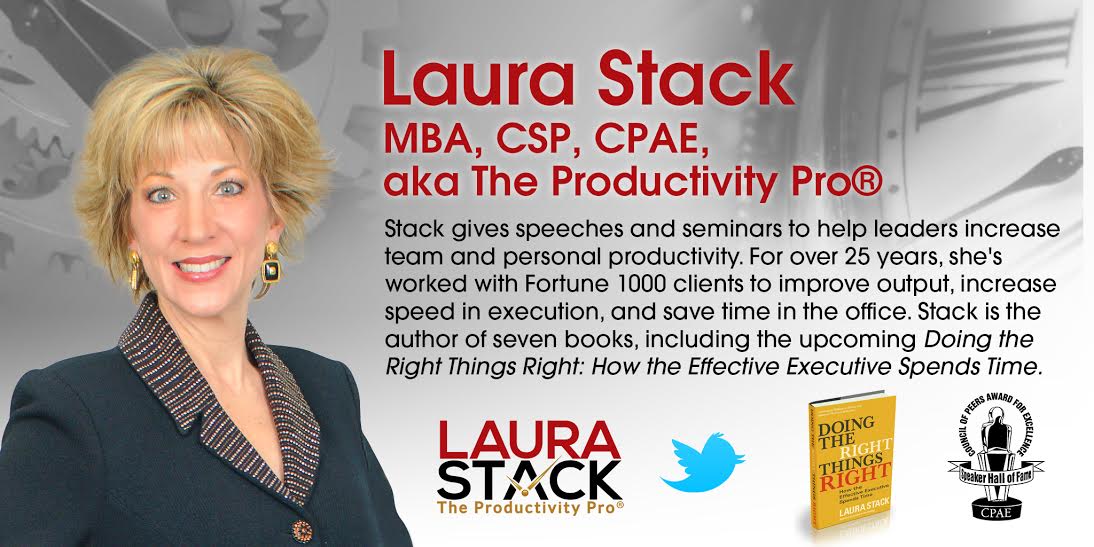Reduce information intake
The only way to overcome “infobesity” is to triage mercilessly, reducing the amount you take in forever. Keep these tips in mind as you work toward stemming the info-tide.
1. Limit your exposure to external information at work
Instead of checking social media during your lunch and breaks, actually take those breaks. Eat, talk to people, go for a walk—just get away from your desk. You have enough work-related information to deal with. If you check the news, don’t let links and ads drag you off in unproductive directions.
2. Check your email as little as possible
Focus on emails several discrete times a day, rather than keeping your inbox open and constantly monitoring it. I process emails five to seven times a day, getting the inbox down to zero (using Outlook’s “Move to Tasks” functionality), reprioritizing accordingly, and then working for a focused period. During that period, I don’t check email, I turn my smartphone to airplane mode, and forward my calls to voicemail. Setting email filters, blacklists, and whitelists also help.
3. Employ the Right Means of Communication
Sometimes it’s most efficient to pick up the phone rather than continuing an email volley. In other cases, nothing beats a face-to-face meeting. Rather than wasting time and increasing unnecessary information, carefully select the most efficient means of communication for each issue.
4. Hone your online research skills
Take advantage of Boolean data type operators online and other simple shortcuts to streamline info-searches and return fewer, better-targeted results.
5. Maximize reading time
If you have a lot of material to wade through, adopt a speed-reading system such as J. Michael Bennett’s rhythmic perusal method. Carry around material for downtime reading as printouts in your briefcase, PDFs on your iPad, or eBooks on your Kindle. That way, you can catch up whenever you’re stuck in traffic, standing in line, or waiting in the doctor’s office.
Grabbing a lifeline
If you ever find yourself paralyzed by information overload, scale back as far as you possibly can. Ideally, you’ll end up well below your overwhelm threshold. Then you can start adding back information sources one at a time, gradually refining your ability to handle each until you feel you can add another. Maintain the methods I’ve outlined here, and you’ll find it easier to handle the inflow in the future.
Check out The Productivity Minute video series with Laura Stack.

Article cover photo: Flickr/Guttorm Flatabø CC BY 2.0

